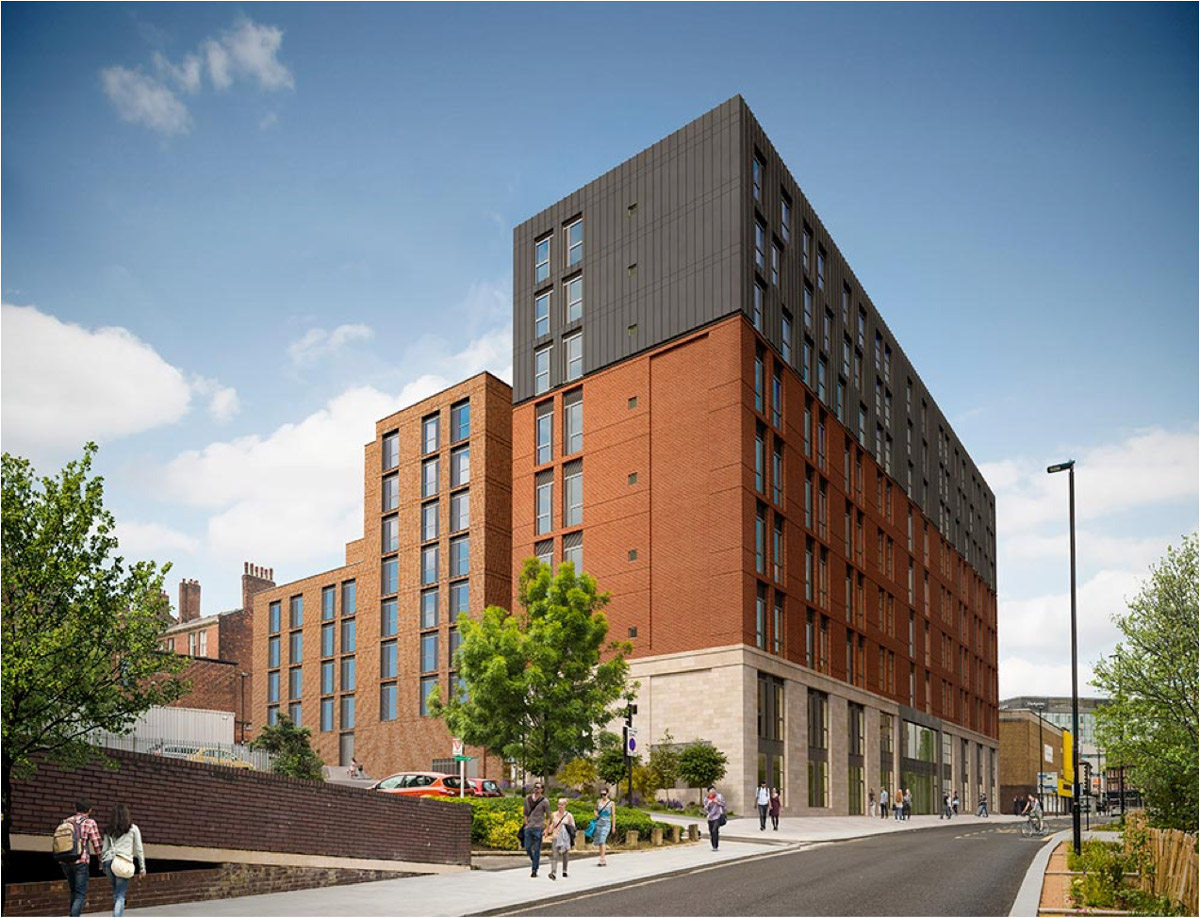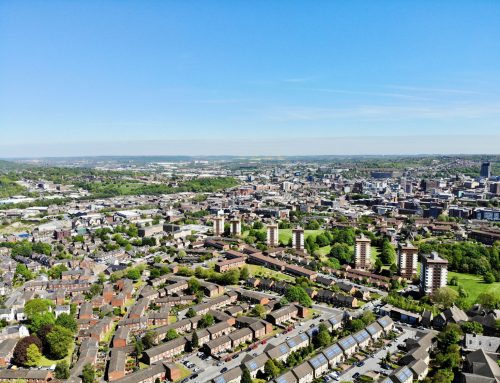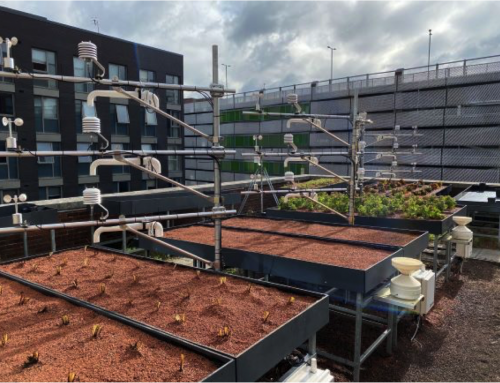Image: Crown House – Sheffield, RG Group, 2016
Researchers from The University of Sheffield’s Department of Civil and Structural Engineering seek to understand the potential of vertical extension as a means of sustainable post COVID-19 recovery and beyond.
Does the vertical extension of existing buildings hold the key to a more sustainable future?
As highlighted most recently by COVID-19, the requirement for indoor space within our cities is ever changing. The pandemic has meant that some organisations are now seeking to add new usable floor-space to their existing offices to allow for safe social distancing, with others looking to vacate their premises and shift to permanent ‘work from home’ practices. An immediate opportunity for vertical extension is offered by the first of these scenarios, whilst an abundance of vacant office buildings introduces further potential for across-use adaptation through vertical extension in the near future.
Beyond this, recent changes to permitted development rights mean that many existing buildings may now be extended by up to 2 storeys without the requirement for a formal planning application. This includes purpose-built residential blocks, detached, semi-detached and terraced houses and commercial buildings. These changes have been made to address the housing crisis whilst avoiding the consumption of undeveloped land, and will serve to mitigate urban sprawl and generate a more sustainable urban form. Adaptation through vertical extension also halts the process of demolition and reconstruction commonly seen today, reducing energy/material consumption and waste generation, contributing to the circular economy.
Awareness of vertical extension remains limited in the construction sector
Despite these benefits, awareness and adoption of vertical extension remains limited amongst the construction sector, as does wider knowledge of the key factors enabling and hindering its success. To address this, researchers from The University of Sheffield are now working to improve understanding around this construction technique. This includes examination of the typical reserve structural capacities of our existing building stock, the key non-structural considerations affecting the adoption of vertical extension, and the potential limitations and benefits of its implementation at the city-scale.
Support our investigation by completing the survey
A key element of this is the consideration of the awareness, understanding and perceptions of key stakeholders through a series of industry-centred investigations. An online survey forms the first part of this, taking less than 10 minutes to complete and being relevant to all parties involved in the planning, design, or construction process, as well as those working within research, development and academia. Participants do not need to have prior knowledge or experience of vertical extension, and the survey may be completed on both desktop and mobile devices.
We would be extremely grateful for your participation in this work, the results of which will improve understanding of the current situation and help to boost the adoption of this underutilised construction technique. In addition to this, the circulation of this blog piece and/or the survey link at the bottom of this page amongst relevant contacts would also be greatly appreciated.
The University of Sheffield – Vertical Extension Survey
Authors:
Charles Gillott, Buick Davison & Danielle Densley Tingley, University of Sheffield






